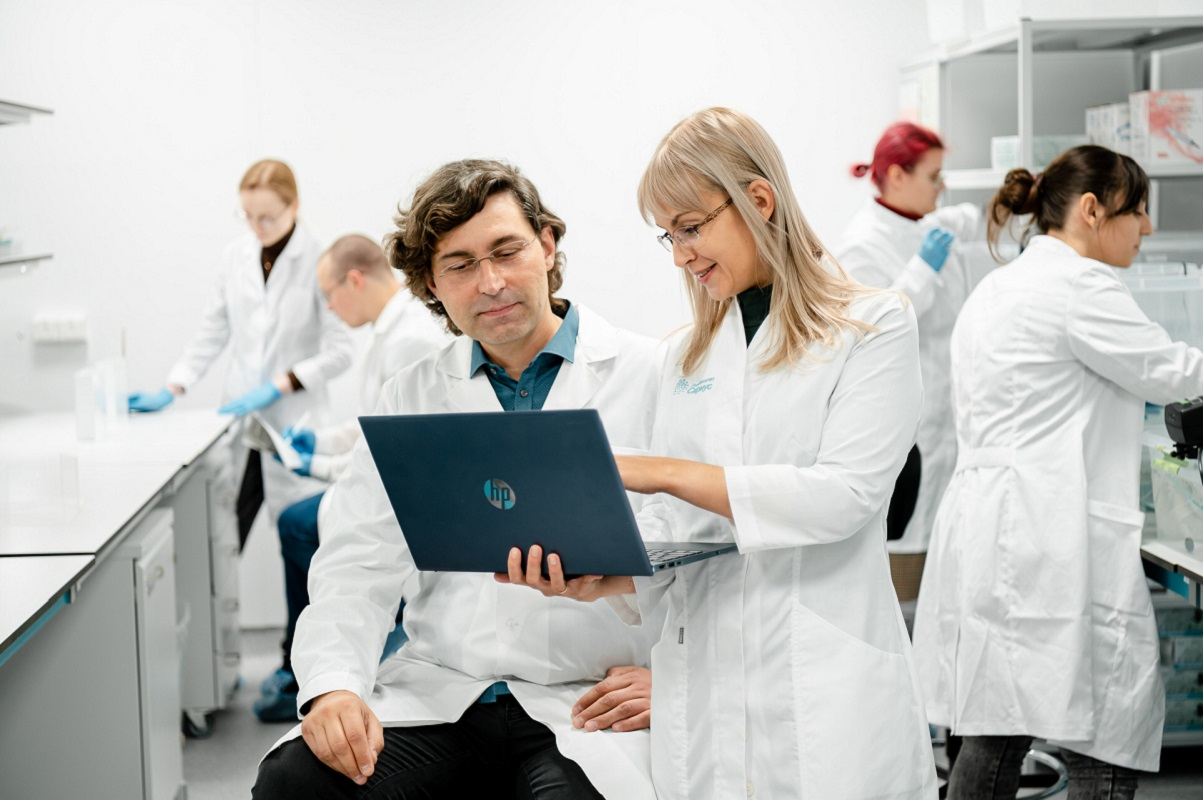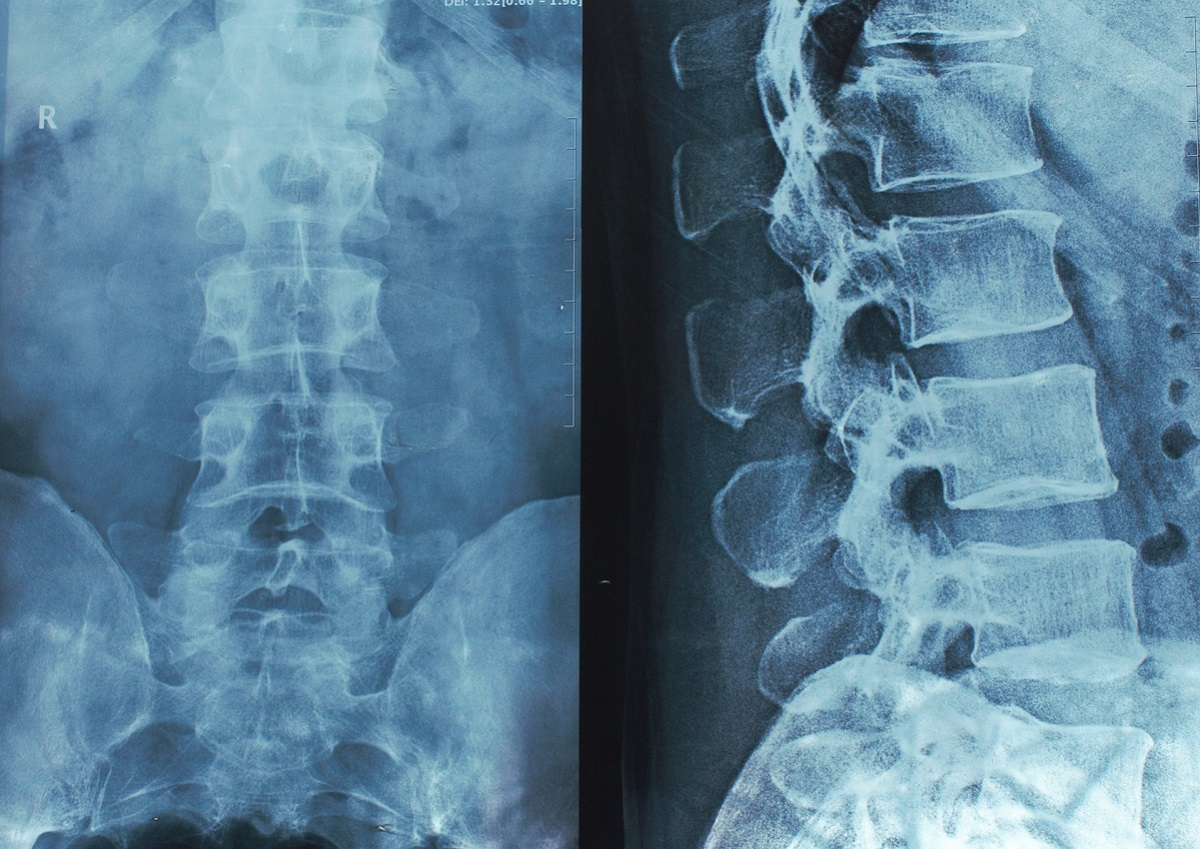"The biological neural network activity can be regulated": Russian researcher on the role of serotonin in the treatment of spinal cord injuries
Russian researchers have demonstrated that a deficiency in the neurotransmitter serotonin hinders the normal recovery of the spinal cord after injury. Pavel Musienko is Principal Investigator of the project, Head of the Laboratory of Neuroprosthetics at the Institute of Translational Biomedicine at St Petersburg University, and Scientific Director of the area of study "Neurobiology" at the Sirius University of Science and Technology. In an interview with RT, he said that based on the data obtained, the researchers plan to develop new pharmaceutical drugs for the treatment of spinal cord injuries.

The pharmaceutical drugs will work in conjunction with other therapies to complement their effects. The researcher explained that these new medications will target specific receptors on the surface of nervous tissue cells. Additionally, the researchers are investigating serotonin’s impact on other bodily functions, as this neurotransmitter plays a crucial role in various important processes, including cognition.
Your research team has identified the key role of serotonin in the recovery process following spinal cord injuries. Could you please provide more details about your work and how you came up with this idea?
Earlier, we discovered that the neural network activity in the spinal cord and brain can be regulated. These networks control movements, sensory systems, and visceral organs.
One approach is to administer pharmaceutical agents that target neuronal receptors, including those for serotonin. Over a decade ago, my colleagues and I discovered that serotonin can influence the recovery process following spinal cord injuries.
In our recent study, we conducted experiments on knockout rats with a deactivated gene responsible for the enzyme that helps to produce serotonin in the brain and spinal cord. By comparing these rats to normal ones, we found that serotonin is crucial for recovery after spinal cord injury. The results showed that a deficiency in serotonin leads to slower and incomplete recovery.

Thus, we finally confirmed that serotonin influences the neuroplasticity of the spinal cord, which is the ability to repair and form new neural connections. Additionally, we have further validated the need to develop serotoninergic drugs — those that activate the relevant receptors and mimic the effects of serotonin — for the treatment and rehabilitation of spinal cord injuries.
It should be noted that the research was conducted at Sirius University in cooperation with St Petersburg University, the Pavlov Institute of Physiology of the Russian Academy of Sciences, Saint Petersburg State Chemical and Pharmaceutical University, and the Life Improvement by Future Technologies Centre (the LIFT Centre).
In general, what is the role of serotonin in mammalian and human physiology? What processes is it involved in?
Serotonin modulates neuronal activity and a wide range of neuropsychological processes. As a result, medications that target serotonin receptors are commonly used in psychiatry and neurology. Interestingly, 99% of the serotonin in our body is synthesised in the periphery (e.g., by mast cells, basophils, or enterochromaffin cells in the gastrointestinal tract), with only 1% produced in the central nervous system.
Currently, seven families of serotonin receptors (proteins that help cells respond to stimuli — RT) have been identified. These families are further divided into subtypes. The multitude and diversity of these receptors and the wide variety of their localisations in the body determine serotonin’s role in numerous physiological processes. These processes include regulation of emotionally disturbing behaviours, sleep, cognitive function, and gut function, among others, all of which are linked to the serotoninergic system.

The release of serotonin in the ventral (anterior — RT) horns of the spinal cord is crucial for motor function. Serotonin can act as both a stimulant and an inhibitor of this function.
Many serotonin receptors are located on the neurons of the spinal cord, enabling precise regulation of movement rhythm and coordination.
Of particular interest is the fact that descending serotoninergic projections from the brainstem can regulate the lower urinary tract. Spinal cord injuries are often accompanied by visceral dysfunctions. Therefore, targeting the serotoninergic system during rehabilitation may not only aid in the recovery of motor functions but also help normalise bladder function.
In medical practice, are serotonin levels measured in patients with spinal cord injuries? Do these patients experience a serotonin deficiency that hinders their recovery?
It will not assert that serotonin levels significantly decrease in all cases of spinal cord injuries. Some individual studies have shown reduced serotonin levels in patients with such injuries, which is unsurprising given serotonin’s systemic role in the body. Moreover, patients with spinal cord injuries often experience impairments not only in motor and sensory functions and pelvic organs but also in various other systems. They may suffer from depression, immune system disorders, cardiovascular issues, and a complex array of other health problems affecting the entire organism.

What will the future serotonin-based medication be like, considering that psychiatrists already use antidepressants to balance neurotransmitters? Will this new medication be similar to existing drugs?
Most likely, this will be a combination of pharmaceutical agents that target specific subtypes of serotonin receptors in the spinal cord. Currently, we are working in collaboration with colleagues from the LIFT Centre to develop potential variants of these combinations.
Previously, we published several research papers detailing the combined use of agonists and antagonists (compounds that influence cellular activity and block this influence — RT) of monoamine receptors, including but not limited to serotonin, successfully applied in a rat model of spinal cord injury.
The use of medications that enhance serotonin production is also a possibility. However, it is more likely that future treatments will involve pharmaceutical agents that selectively target specific serotonin receptors.
What additional research on this topic is your team planning or currently conducting?
The approach to rehabilitation must be comprehensive. Existing therapies and rehabilitation methods need to be complemented. Indeed, new drugs are not a panacea that will replace other medications and treatments. However, we hope that an integrated approach will maximise the effectiveness of therapy.
At the Sirius University of Science and Technology, where I serve as the Scientific Director of the Department of Neurobiology, our research staff, students, and doctoral students are engaged in a number of projects. These projects focus on studying the mechanisms by which serotonin influences processes in the nervous system and exploring how these mechanisms can be leveraged to aid recovery in diseases.
The research team of the project investigating the role of serotonin and other neurotransmitter systems in recovery from spinal cord injury will include young researchers, master’s students of the new interdisciplinary programme "Neurotechnology with Fundamentals of Biomaterials Science", which we are launching this year at Sirius University.

Could you please share your plans? Are there any clinical trials involving serotonin-based medications in humans currently planned or under consideration?
Currently, we are continuing preclinical research, focusing on the detailed study of sensorimotor function recovery. To thoroughly analyse locomotion (movement in space — RT), we use methods that evaluate hundreds of unique kinematic characteristics.
Additionally, several members of our research team are investigating behavioural and cognitive functions after spinal cord injury, as well as the dynamics of allodynia — the phenomenon of increased pain sensitivity that occurs in patients after neurotrauma. Spinal cord injury is a complex issue that affects not only the motor system but also the autonomic nervous system and cognitive functions. In this regard, studying the role of the serotoninergic system is a key fundamental objective that must be achieved in order to develop effective neurorehabilitation methods. Further clinical studies are planned. Our main goal is to implement our research findings into clinical practice.
What other projects is your team conducting?
Another focus area for our research team is the development of soft neuroimplants with elasticity and mechanical properties similar to those of nerve tissue. We use specialised polymers—particularly polydimethylsiloxane (PDMS), a safe and biocompatible silicone—in combination with metal or carbon nanomaterials to produce an electrically conductive composite, which is essential for neurostimulation. The technologies we have already developed provide neuroimplants with high functionality, and a soft and stretchable structure that closely mimics the mechanical properties of nerve tissue. The preclinical studies confirmed the high relevance of this research for modern neuroimplantology. Currently, work is underway to introduce the soft implant technology into clinical practice.

